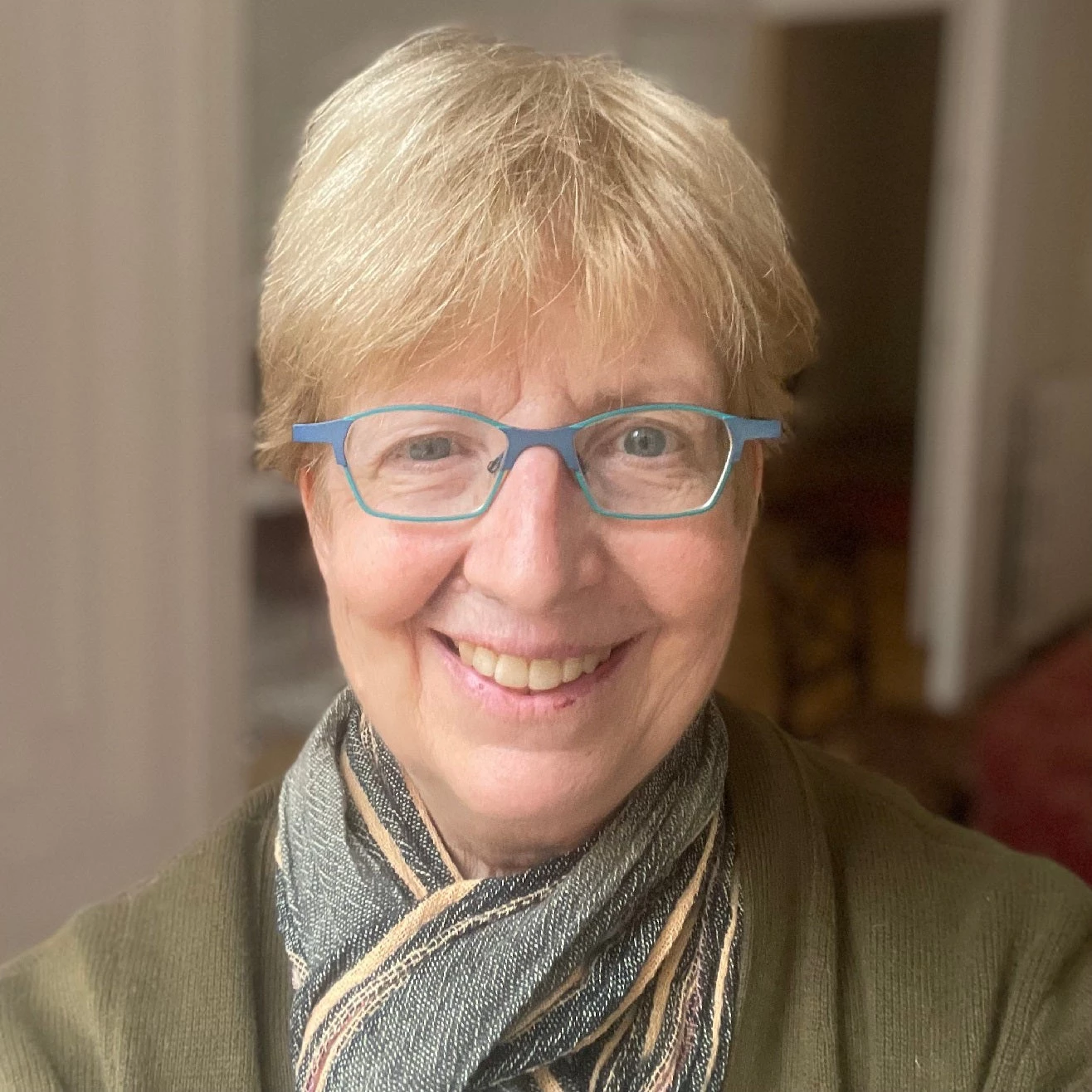 Trainees observing machinery at a pilot vocational education and training schools in Prešov, Slovakia
Trainees observing machinery at a pilot vocational education and training schools in Prešov, Slovakia
Slovakia has one of the highest regional economic disparities among the European Union (EU) countries. With a gross national income per capita of $32,450 PPP in 2021, Slovakia belongs to the group of high-income economies. However, its economic growth has not been inclusive, exacerbating social divides, especially at the regional level. The country’s highly urbanized Bratislava region is the smallest within Slovakia, yet it is one of the richest in the EU with a gross domestic product per capita equaling $43,070 (EUR 39,704) in 2022—2.3 times higher than the national average.
Regional disparities also register across indicators of well-being, such as unemployment rate, environment, level of education, and access to services, including communications and Internet. The gaps are especially striking in terms of jobs, income, and safety.
Resulting from the combination of slow economic growth and job creation in the lagging eastern and central parts of the country as well as poor labor mobility, these disparities in development across Slovakia’s regions hinder the country’s overall sustainable development. In addition, the economic slowdown over the past years has demonstrated the need for structural economic reforms to ensure future growth. To reach its full economic potential, Slovakia needs to narrow the inequality between its regions.
CuRI
One of the ways to do so is to provide technical and financial assistance to address existing bottlenecks, including economic and institutional capacity challenges.
Since 2018 we have been helping Slovakia to narrow gaps in its regional development through the Catching-up Regions Initiative (CuRI), launched in partnership between the European Commission (EC) and the World Bank. CuRI has provided hands-on technical support to less developed regions to overcome impediments and obstacles to development identified by regional authorities. Initially, we supported the Prešov self-governing region (PSK) and subsequently CuRI expanded to include the Košice (KSK) and Banská Bystrica (BBSK) regions.
These three selected regions are the poorest in Slovakia and among the 30 poorest in the EU. They have been experiencing demographic decline, and their economies rely on low productivity sectors such as metallurgy, forestry and agriculture. These three regions are also home to a high concentration of Roma communities, one of the most vulnerable and marginalized groups in the country. In addition, PSK, KSK, and BBSK have been lacking sufficient institutional capacity, resulting in a low efficiency of utilizing EU regional development and cohesion funds.
Achieved results
Through CuRI we have assisted the above-mentioned regions to develop solutions to tackle existing bottlenecks hindering their development, which have subsequently been scaled up using EU resources. Our support has focused on investing in the quality of secondary vocational education and its better aligning with the labor market demands to improve opportunities for young people, contribute to new jobs and industries. CuRI has also helped the participating regions to deliver change on the ground by increasing energy efficiency of public buildings, enhancing local public transportation, as well as developing basic sanitation infrastructure in remote areas. To enhance these regions’ competitiveness, the Initiative has supported development of environmentally friendly and sustainable tourism in the PSK region. Our team also established an integrated elderly care model in South Gemer, BBSK, and we have been supporting integration of marginalized Roma communities in all the three regions.
At the heart of all these activities has been capacity building of local governments to provide them with the tools to effectively manage territorial and urban development and make public investments more strategic. This has included assistance for the geo-infrastructure of spatial (open) data in the KSK and PSK regions with a focus on improving analytical and decision-making processes. So far, participating regions have successfully attracted over $250 million in investments from EU-funded national programs as a result of the policy advice and capacity building provided by CuRI.
What’s next?
Due to the ongoing Russian invasion of Ukraine, the three regions have experienced a significant inflow of refugees given their proximity to the border.
We will continue our support to Slovakia to achieve inclusive regional development through CuRI. Planned activities will build on and further promote protecting and including vulnerable groups, developing tourism, improving the quality of secondary vocational education, creating environment for an enhanced research and development collaboration between the local research institutions and the industry, as well as integration of social and healthcare services. We also expect that the regions will use CuRI activities to accommodate and address the needs of refugees as a new vulnerable group by refining existing and potentially adding new activities in agreement with the EC and the World Bank.
Working together, we can boost livelihoods in remote and rural communities—helping boost prosperity for all across Slovakia.
More information about CuRI can be found here: https://www.worldbank.org/en/region/eca/publication/slovakia-catching-up-regions





Join the Conversation